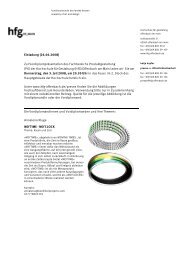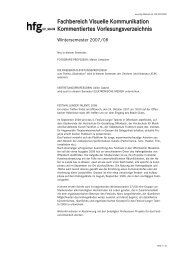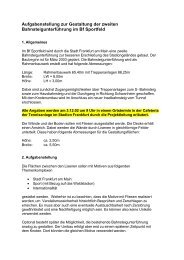User Manual
User Manual
User Manual
You also want an ePaper? Increase the reach of your titles
YUMPU automatically turns print PDFs into web optimized ePapers that Google loves.
1 2<br />
FLASH<br />
3 4<br />
ISO/WB<br />
Save<br />
5 6<br />
AE-LL<br />
R<br />
F<br />
111<br />
5) If the settings were incorrect to match the output of the flash<br />
unit, the viewfinder display shows a red triangle alongside a<br />
flashing green ‘flash’ symbol plus a warning message - ‘Low<br />
flash’. The grip display will also show a warning message -<br />
‘Low flash’.<br />
Conventional measures should then be taken to correct the<br />
situation. (That is: move closer to the main subject, use a<br />
larger aperture setting or use a higher ISO setting).<br />
The ‘Low Flash’ warning can be turned off in Custom Option<br />
#26 if preferred.<br />
Separate flash unit connection and use<br />
Separate flash units can be electrically connected either by way of<br />
the hot shoe accessory holder (see previous warnings) on the top<br />
of the viewfinder or via a cord to the PC connection port on the<br />
left hand side of the camera body. Slave unit switches/ transmitters<br />
can also be connected similarly dependant on unit (see specific<br />
user manuals for details).<br />
Keep the plastic safety cover in place in the hot shoe when not<br />
in use.<br />
Flash measure of separate flash unit<br />
You can measure the effect of an attached flash unit (with PC connected<br />
flash units and SCA3902 compatible flash units set to M<br />
mode), where the camera acts much as a flash meter would. The<br />
aperture setting can be adjusted and more trial exposures made<br />
until the information on the grip display is satisfactory.<br />
To use flash measure:<br />
1) Press the FLASH button on the grip to access the flash option<br />
screen.<br />
2) Turn the rear control wheel until Flash measure appears.<br />
3) Press Save (ISO/WB button) to access the flash exposure<br />
screen.<br />
4) Make preliminary required aperture setting by turning the<br />
front control wheel.<br />
5) Press the AE-L button. The camera will close the aperture,<br />
raise the mirror and fire the flash. Light reflected from the<br />
flash lit subject will be reflected off a white spot on the auxiliary<br />
shutter to the meter sensor.<br />
6) Deviations from a normal exposure are displayed as differences<br />
in EV on the grip display and the viewfinder display. If<br />
‘high’ or ‘low’ appears, change the aperture accordingly and<br />
make a new test reading.<br />
Change the aperture until Diff EV: 0 appears, or the desired<br />
amount of deviation from the normal exposure.<br />
Diff EV: Low signifies more than 2 EV under<br />
Diff EV: High signifies more than 2 EV over



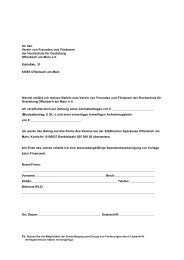
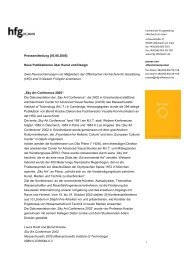


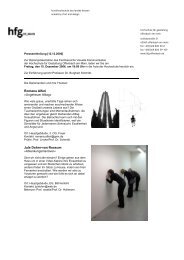

![Einladung [07.02.2006] - Hochschule für Gestaltung Offenbach am ...](https://img.yumpu.com/13375413/1/184x260/einladung-07022006-hochschule-fur-gestaltung-offenbach-am-.jpg?quality=85)

